When it comes to photography, professionals don’t just snap a photo like many think. They spend time assessing the area, and their subject, and figuring out what position will work the best.
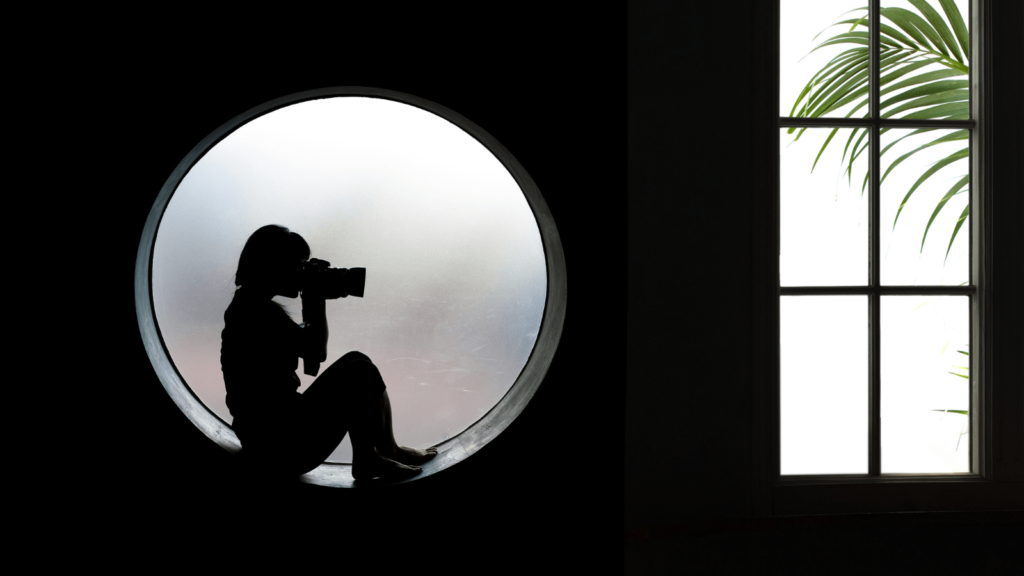
When it comes to photography, composition is key to creating visually compelling and well-balanced images. Among the various techniques photographers use, the Rule of Thirds is one of the most fundamental and widely adopted. However, mastering composition involves more than just this rule, there are many elements that make up the perfect photo.
1. The rule of thirds
The Rule of Thirds is a classic composition technique that divides an image into nine equal parts by two equally spaced horizontal lines and two equally spaced vertical lines. The idea is to place the most important elements of your scene along these lines or at their intersections, known as power points. This technique creates a sense of balance and encourages viewers’ eyes to move through the image more naturally.
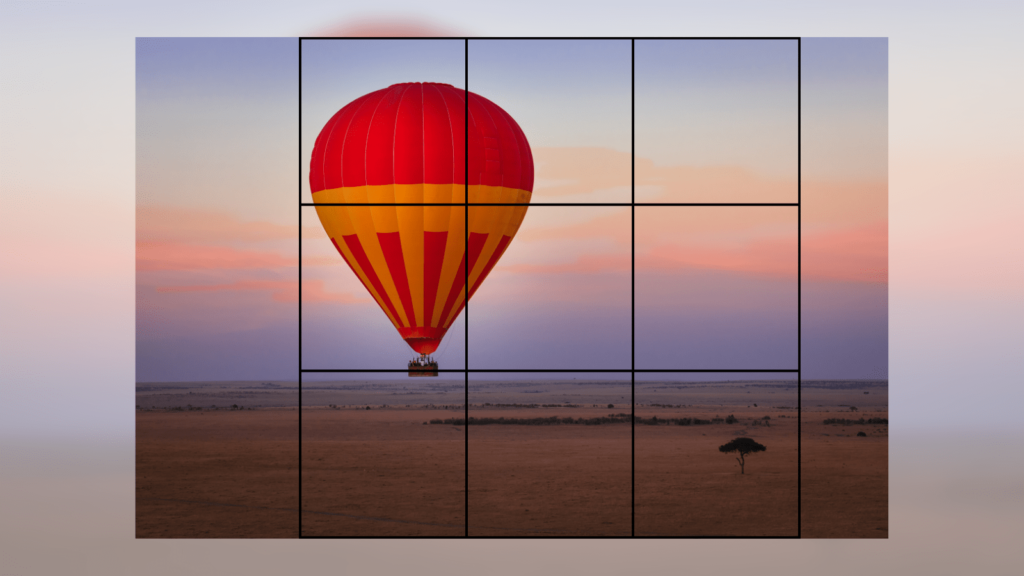
How to use it: Imagine a tic-tac-toe grid over your viewfinder or screen. Position your subject or points of interest along the grid lines or at the intersections. For example, in a landscape photo, placing the horizon along the top or bottom grid line, rather than the centre, can make the image more dynamic.
2. Leading lines
Leading lines guide the viewer’s eye towards the main subject of the photograph. They can be actual lines like roads, fences, or rivers, or implied lines created by shapes and patterns in the scene. Leading lines help create depth and perspective, drawing viewers into the image and towards the focal point.
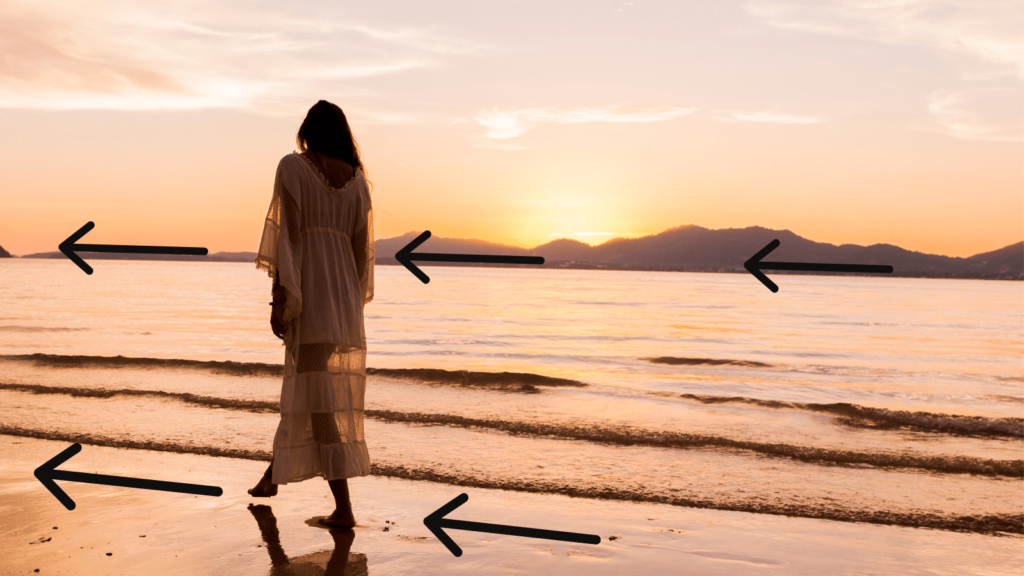
How to use it: Look for natural or man-made lines in your scene that lead towards your subject. Position your camera to align these lines so they lead the viewer’s gaze toward the main subject, creating a more engaging and immersive experience.
3. Symmetry and patterns
Symmetry involves creating balance in your photograph by placing elements evenly on either side of the frame. Patterns, on the other hand, involve repeating shapes or colours that create visual interest. Both techniques can add a sense of harmony and order to your images.
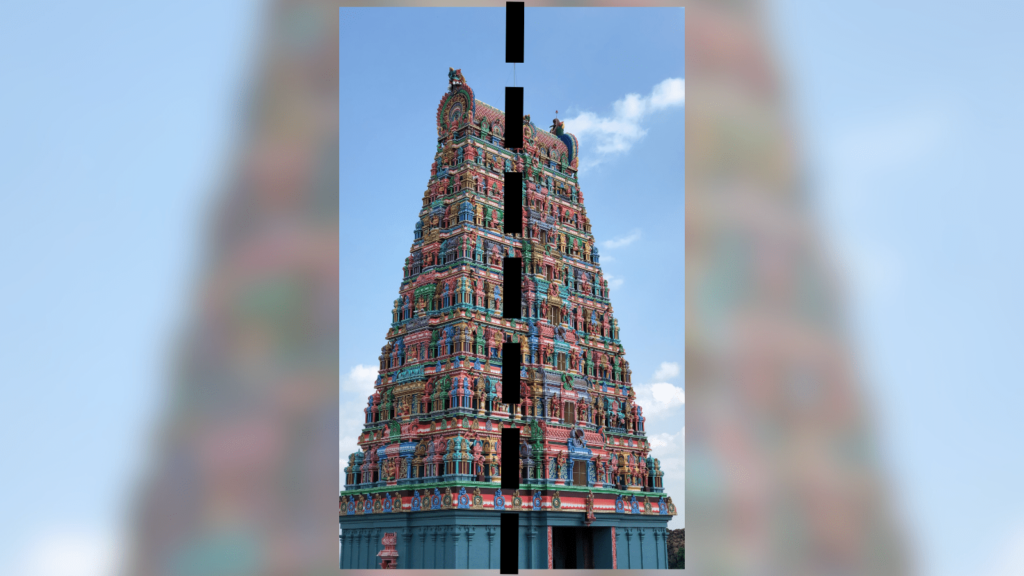
How to use it: Find symmetrical elements or patterns in your environment. For example, capturing a reflection in a lake or photographing architectural elements can create a striking symmetrical effect. Patterns can be highlighted by framing them centrally or using leading lines to emphasise their repetition.
4. Framing
Framing involves using elements in the scene to create a “frame” around your subject, which draws attention to the main focal point and adds depth to the image. Common framing elements include windows, arches, and overhanging branches.
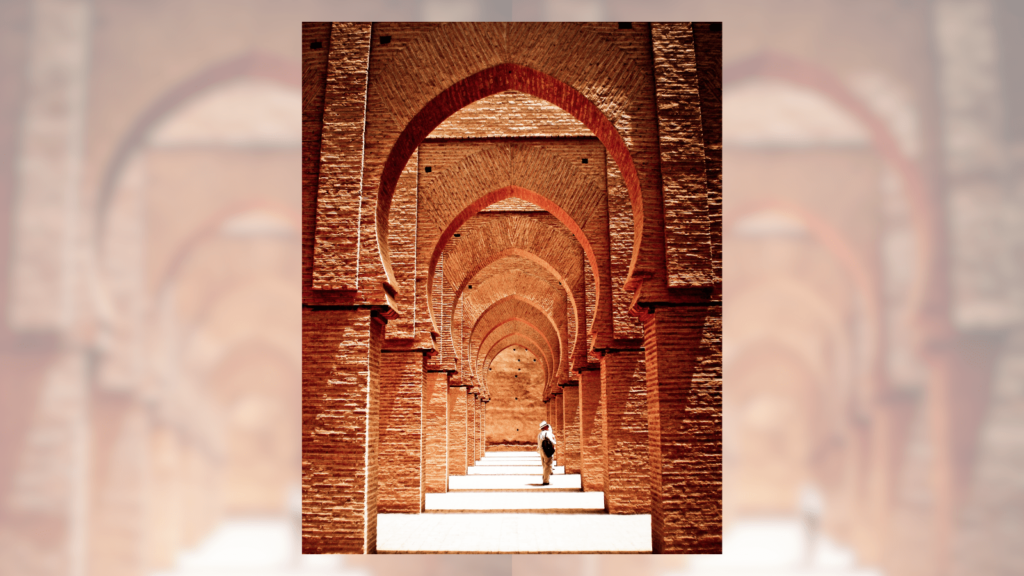
How to use it: Look for natural or architectural elements that can encase your subject. By positioning these elements around your subject, you can create a sense of context and focus, making your subject stand out more prominently in the composition.
5. Depth and perspective
Adding depth and perspective to your photographs can make them more dynamic and engaging. This technique involves creating a sense of three-dimensionality in your images by including foreground, middle ground, and background elements.
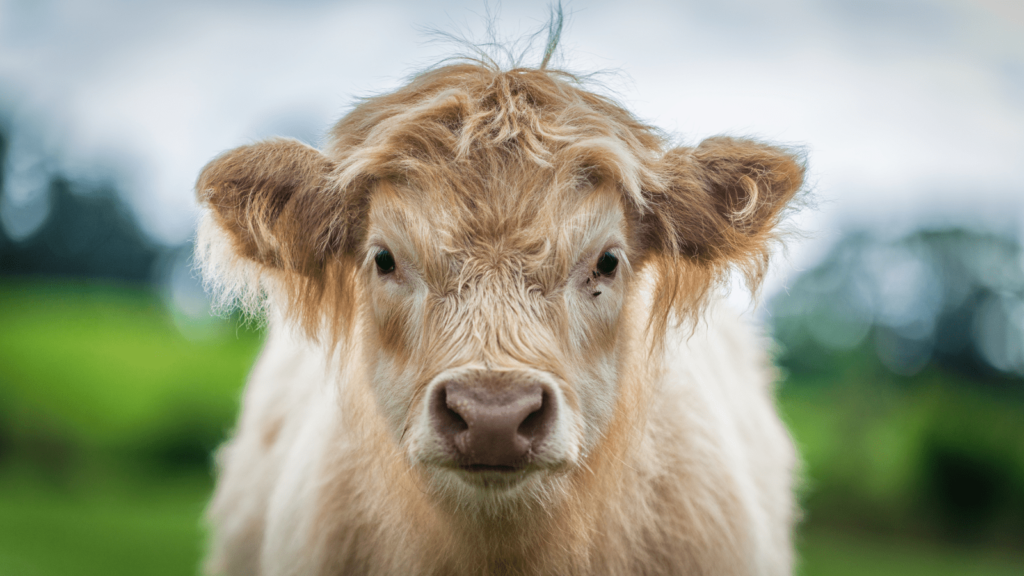
How to use it: Incorporate elements in the foreground, such as leading lines or objects, to create a sense of depth. Position your camera to capture a clear distinction between foreground, subject, and background, which can enhance the overall depth and dimension of your photo.
6. The golden ratio
The Golden Ratio is a more complex composition technique based on a mathematical ratio that is often found in nature. This technique involves dividing the image into sections using a spiral or grid pattern that aligns with the natural flow of the composition.
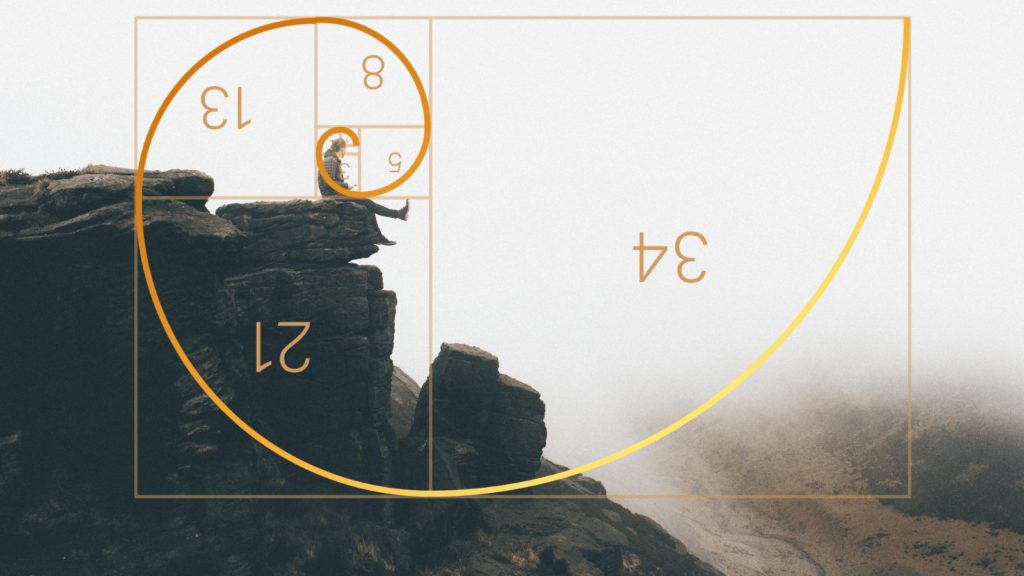
How to use it: The Golden Ratio can be applied by overlaying a spiral or grid on your image and positioning key elements along the curve or intersections. This approach adds a natural and aesthetically pleasing balance to your composition, though it requires more practice to master.
Mastering composition techniques like the Rule of Thirds, Leading Lines, Symmetry, Framing, Depth, and the Golden Ratio can significantly enhance your photography. By applying these principles, you can create visually compelling images that capture attention.
Remember, while these techniques provide a solid foundation, the most powerful compositions often come from experimenting and developing your unique style. Embrace these techniques, practice regularly, and watch your photographic skills evolve.






